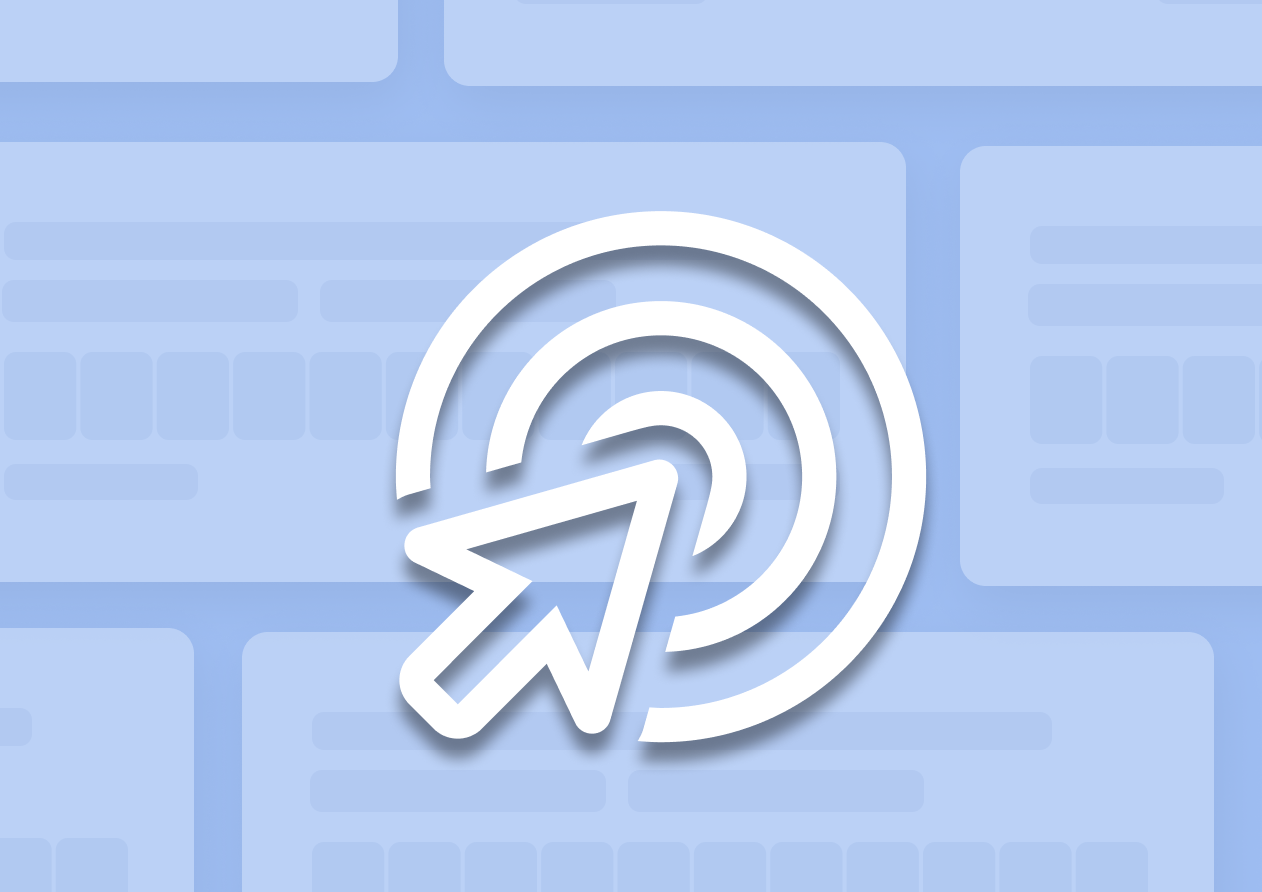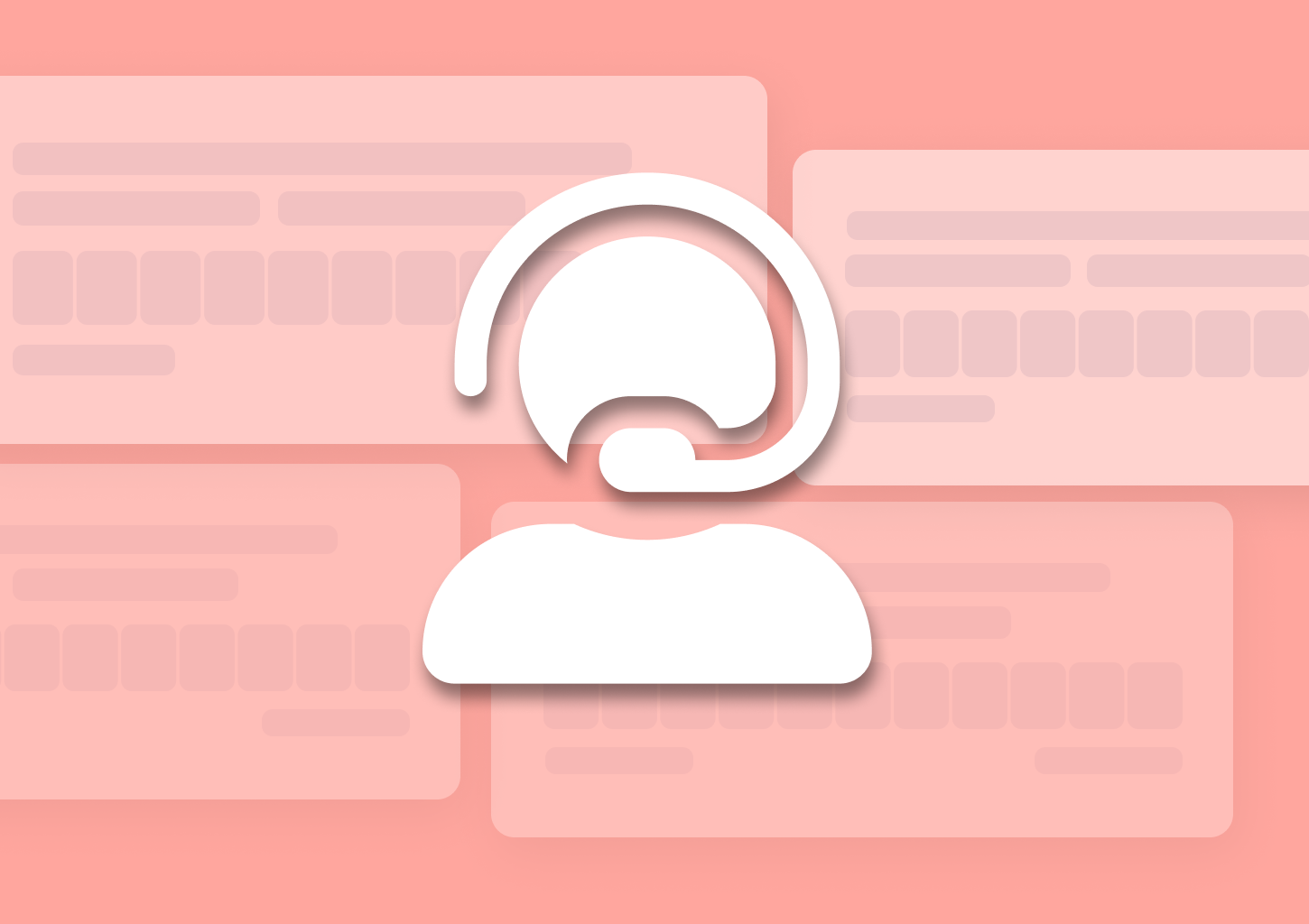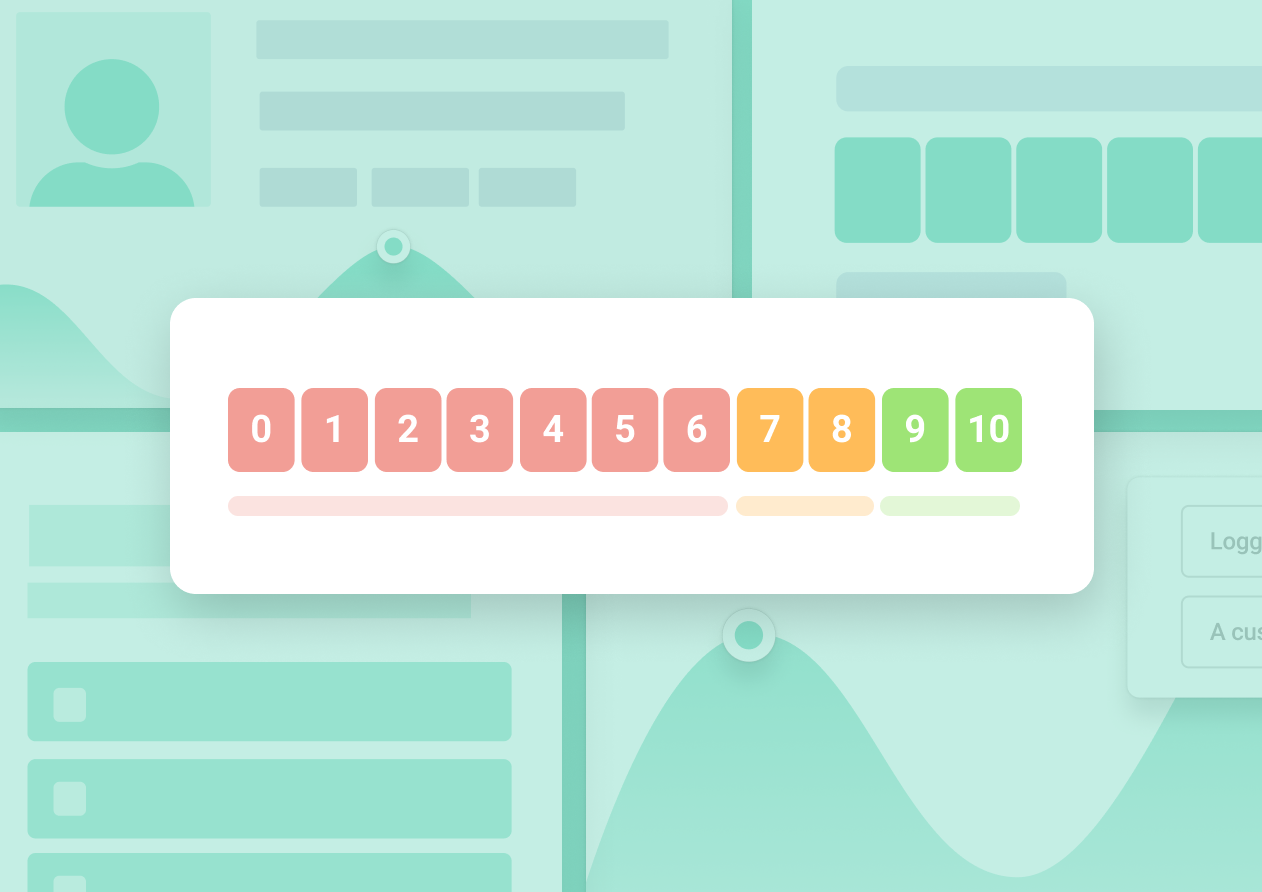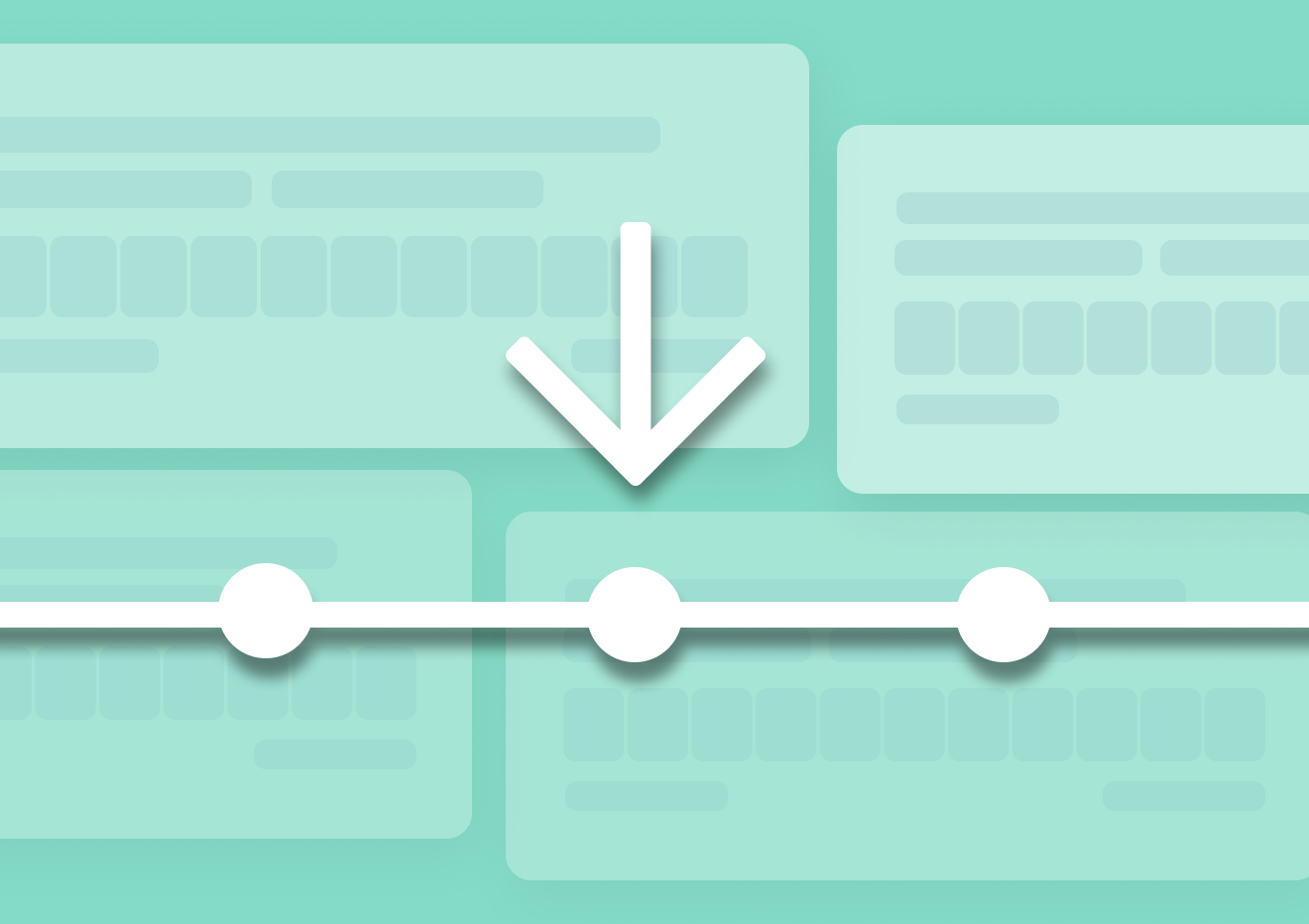CSAT Survey Analysis: How to Analyze Customer Satisfaction Survey Data
This is a complete guide to analyzing customer satisfaction survey data (CSAT survey analysis.)
It’ will show you how to evaluate your CSAT results, what to pay attention to, and also, how to use those results to drive your business forward.
You know, collecting feedback is just one part of building a customer-centric business. But it’s what you do with those results that matters and makes a difference to your company or product.
In this guide, you’ll learn how to analyze and interpret your customer satisfaction survey results. You’ll also discover how to identify your business’s weak points and what to do about them.
But before we get into that, let’s quickly recap the main concepts of CSAT and how you can run customer satisfaction surveys successfully.
A Brief Overview Of CSAT Surveys
A CSAT (short for customer satisfaction) survey is a feedback survey used to measure customers’ satisfaction levels with your company’s product, service, or a particular interaction.
CSAT uses rating questions or Likert scale questions to collect customer feedback.
Like this:

Customers respond by choosing their reaction between “Very unsatisfied” and “Very satisfied” for the asked question.
Now, the question in the above example focuses on measuring satisfaction levels with the product. But you can use CSAT to know customer satisfaction with aspects like:
- Customer service,
- Sales,
- New feature,
- Onboarding process,
- Training process,
- Demo,
- Checkout, and more.
How to measure CSAT?
Once you start receiving customer responses, your CSAT survey software will display your CSAT score in real-time. To measure it manually, however, use this formula at the end of your survey:
CSAT score = (Total number of satisfied customers (i.e., people who choose 4 or 5 on a 5-point scale)/ Number of survey responses) x 100

For example, if 260 people out of the 320 are satisfied with your product, the CSAT score for the above-shared example would be:
CSAT score = (260/320) x 100 = 81.25%
This is a great CSAT score. Generally, anything above 80% is considered an indicator of success.
7 Steps to Interpret CSAT survey results
Step 1: Look at the overall scores to determine potential warning levels
Firstly, look at the CSAT scores of the broader questions like the “How satisfied are you with the product?” question. It will help you determine warning levels and decide the time frame to solve customer problems.
Refer to this table to determine warning levels:
| CSAT Score | Meaning | Warning Level |
| 0-40% | Poor CSAT | High |
| 40-60% | Okay CSAT | Slightly high |
| 60-80% | Good CSAT | Low |
| 80%+ | Excellent CSAT | Very low |
Depending on the conclusion:
- If the warning level is high, get to the bottom of the problem(s) and allocate all resources to solve it immediately. Otherwise, you’ll lose the current customers sooner or later, which you don’t want, especially if your business runs on a recurring revenue model.
- On the other hand, if the warning level’s low, it’s not urgent (but important). So get to the problems once your team(s) finishes their currently scheduled assignments.
Step 2: Be pessimistic, and prioritize surveys based on the score
Look at all the CSAT scores pessimistically to understand that there’s room for improvement. For example, say you get a 90% CSAT score for a survey. It means that still 1 in 10 people isn’t satisfied.
Then, prioritize all the surveys from the lowest score to the highest. For instance, let’s say your “How would you rate the support you received?” the question survey has a CSAT score of 60%. And “How easy is it to use [Product]?” got a 90% score. Then, put the former one first on the list.
Next, follow the below steps for each survey from top-to-bottom.
Step 3: Look for patterns in each survey.
Let’s continue with the “How would you rate the support you received?” survey example. Sort all the survey responses from negative to positive, and look for common patterns in the follow-up question’s answers.
A typical follow-up question for a negative response would be an open-ended question like “How can we improve our customer service?”. Answers to this question will include keywords like ‘slow replies,’ ‘unprofessional,’ ‘problem not solved,’ etc.
Capture the most common complaints and work on them. For example, if your agents can’t respond quickly, a possible solution could be to recruit new agents.
Step 4: Next, look for patterns across customer segments
Don’t just look for patterns across customers’ answers; also look for commonalities across customers who aren’t satisfied.
Depending on your product or service, you can segment your customers by:
- Geography: Their physical location.
- Demographics: Their gender, age, etc.
- Behavior: Their product usage, loyalty, understanding of your product, etc.
- Plan: If you offer multiple packages, see the plan they are on.
- And more.
Again, let’s continue the previous example and look into the geography-based customer segment. Let’s say you have a worldwide customer base, but your support department only operates during the EST timezone. Now, it’s possible that your customers from India send a query during their time and get a late reply because your support team is offline, and hence they are not satisfied.
Once you figure out the dissatisfied customer segment(s), it’ll be easier to find a possible solution. For instance, you won’t be confused whether you should hire new customer support staff or do something else to better the CSAT score for the “How would you rate the support you received?” survey when you know it’s only the customers from India who are unhappy and because of late replies.
Step 5: Share your findings with relevant teams
Once you have figured out the potential problems, share your findings with relevant teams. For instance, if it’s about customer service, send the report to the support team manager.
- Ask for their opinions to solve the problem
- Consider their opinions when solving the problem
Note: Ensure everyone in the organization understands what CSAT surveys are, what the CSAT score means, the industry benchmarks, and how your survey results compare with benchmarks and previous customer satisfaction survey results (if conducted).
Step 6: Try and solve the key problems
Once you know the problems and have considered all relevant parties’ opinions on how to solve them, make an action plan:
- Define the problem,
- Describe the core issues,
- Lay out the step-by-step solution plan for each issue,
- Prioritize the issues properly,
- Set goals
- Allocate the needed resources as per warning levels.
And solve the problem.
Step 7: Ask for customer feedback. Again.
Made the changes? Solved the problem(s)? Awesome! Now, send customers the same customer satisfaction survey questions again at the appropriate time.
- If the CSAT score goes up, it’s a success. Be happy about it, yes, but then go into the pessimistic mode to push the CSAT score to as near as 100%.
- If the CSAT score goes down — and it most likely won’t — start from Step 1: Determine the warning levels.
A couple of ways to use CSAT Results
Performing the above seven steps will undoubtedly help increase customer loyalty, better customer experience, reduce churn rate, and increase revenue. But there are many more insights you can gather from CSAT results while going through the interpretation/analysis process, like:
1. Find your next big idea
Your users can be a source of ideas for your upcoming features, products, integrations, and more. Here’s a simple example: If you don’t have Paypal checkout and someone exclusively uses Paypal for business, then they’ll suggest you add it when responding to the “How’d you rate your checkout experience?” survey question.
2. Understand customer lingo for marketing success
“Speak your customer’s language” is one of the fundamental marketing rules.
You can catch customers’ language from how they describe their problem or refer to your brand when answering the open-ended follow-up questions. Later, you can use it in marketing campaigns.
For example, if most refer to your accounting “SaaS” as “tool,” then probably A/B test your ad title between “XYZ SaaS” and “XYZ tool.” The “tool” copy may perform better because the potential customer understands what an “accounting tool” is but is not quite sure when you say “accounting SaaS.”
Conclusion
Running customer surveys — whether it’s CSAT (Customer Satisfaction), NPS (Net Promoter Score), or CES (Customer Effort Score) — is crucial to growing your business.
Wait…wait…let me rephrase the sentence: Running customer surveys AND acting upon the customer feedback you receive through the surveys is crucial to growing your business.
But to act upon the feedback, you first need to know what the actual feedback is and why it is so. With the seven-step process I discussed in this article, you’ll be able to interpret customer survey results and feedback properly to make necessary changes efficiently.
Hopefully, it will help you improve your CSAT score.
Good luck!









